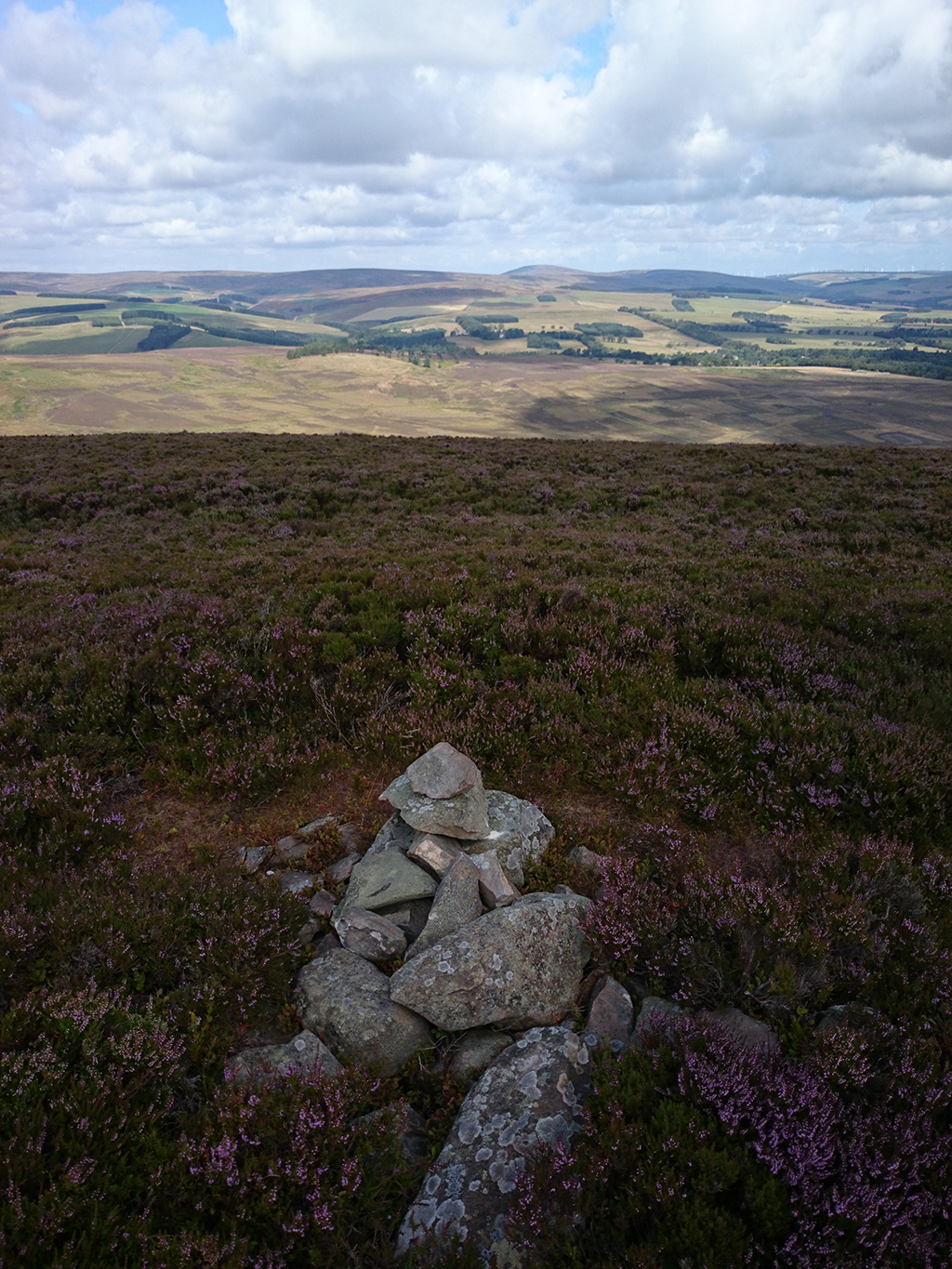
Looking to the past to launch new heritage trail
A large-scale archeology project has been launched in the Scottish Borders and East Lothian that will help investigate and better understand the history of a key route linking the two areas and support a new heritage trail.
The community-led project will study the upper Whiteadder valley between the town of Duns in the Scottish Borders and the village of Garvald in East Lothian.
Funding for the project, which is being managed by Scottish Borders Council’s Archaeology Service, includes £205,000 from LEADER, £30,000 from developer contributions from windfarms in the area and £25,000 from the Fallago Environment Fund.
In addition to accessing existing 3D laser scanning data on the area, new scanning will be carried out and eight sites identified for excavation this summer.
Not only does the project aim to uncover hidden history of the area it will also see an app and website developed which will bring it to life as part of a heritage trail.
Councillor Tom Miers, Scottish Borders Council’s executive member for planning and environment, said: ‘This is a fascinating project which will hopefully leave a lasting legacy that will benefit the economy of the area by encouraging more visitors to explore what was once an important route between the Lothians and the Merse, and I’d like to thank the funders for their help in making it happen.
‘A number of community organisations have already expressed an interest in getting involved, and I’d encourage anyone else who is keen to find out more or play their part in supporting the project to get in touch with the newly appointed project manager.’
Stephanie Leith, heritage officer at East Lothian Council added: ‘This is a unique opportunity for the communities of Berwickshire and East Lothian to come together to explore our shared history going back to prehistoric times.
‘The area in the study is quite rural and this project will bring local people together, helping tackle social isolation, and they will play a key role in identifying and excavating sites. The information uncovered will help develop something that will also benefit these communities and those surrounding them for many years to come.’

A Cairn on Dirrington Great Hill looking to Cockburn Law, Whiteadder
The community will act as ‘citizen scientists’ and will help to analyse the 3D scanning information and select sites for archaeological excavations and have the opportunity to take part in these too.
Dr Chris Bowles, Scottish Borders Council archaeologist, said: ‘The area between Duns and Garvald, which follows much of the Whiteadder Water, is littered with historical sites, from the more well-known ones such as Edin’s Hall Broch and Abbey St Bathans Priory to those of less prominence, including various stone circles, hill forts and historic farmsteads.
‘Only limited archaeological work has happened at some of these sites in the past, so this new project is a great opportunity for us to find out a lot more about what was going on in this area from prehistoric times right through to the Roman period.’
Jane Rosegrant, chair of the Scottish Borders LEADER Local Action Group, added: ‘This is a really exciting project for one of the least explored and most rural areas of the Borders and East Lothian. Relatively little is known of the history of the beautiful Whiteadder valley and this project offers not only the opportunity for people to learn more about their history and the landscape but it also offers a really exciting chance through the use of citizen-science for people to discover important sites themselves. LEADER is delighted to fund such an interesting project in co-operation with Tyne-Esk LEADER.’
Gareth Baird, chairman, Fallago Environment Fund, said: ‘Our support for the Whiteadder project, with its emphasis on encouraging social interaction, exploration, enjoyment and learning, is an ideal way for the Fallago Environment Fund to achieve its aim of enhancing the region’s built, natural and cultural environment. We’re delighted that we’re able to share the benefits of the Fallago Rig Windfarm in such a positive way.’
AOC Archaeology have been appointed project managers and for more information on how to get involved the public can contact jessica.lumb@aocarchaeology.com or 0131 440 3593.
TAGS

